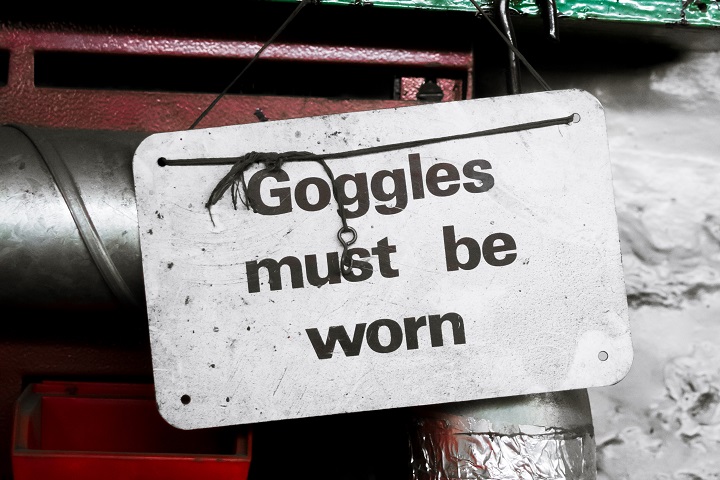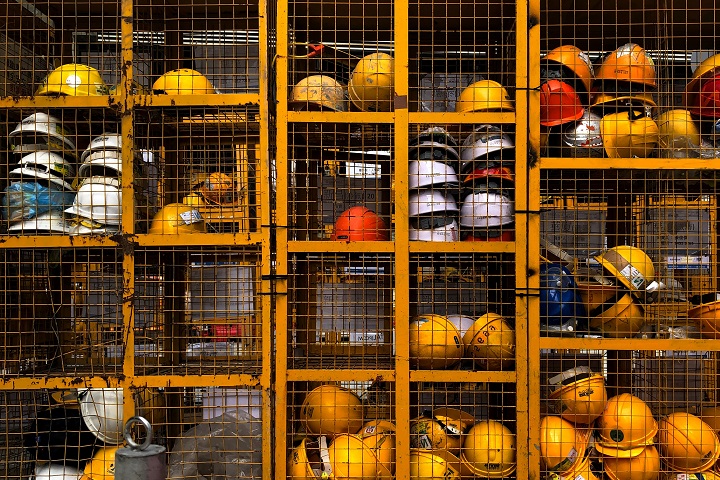PPE, or personal protective equipment, is the last line of defense against work-related injuries and an absolute must-have for people working in environments where there’s even the slightest chance of injury. PPE safety gear can include items and clothing such as safety helmets, eye protection, gloves, high-visibility clothing, hazmat suits, earplugs, ear defenders, safety harnesses, safety footwear, and respiratory protective equipment. It is commonly used where hazards can’t be controlled or removed, and the main reason for that is because it only protects the person using the equipment.

In other words, maximum levels of protection are rarely achieved by using personal protective equipment, and the real necessary protection levels are difficult to asses because there are many unpredictable factors that come into play. That being said, effective protection can only be achieved by getting PPE safety gear that’s properly fitted, properly used, and properly maintained. However, in the context of being a last line of defense, PPE plays a crucial role because it’s only used where other safety measures are insufficient, which makes it responsible for the reduction of many workplace-related injuries, diseases, and fatalities.
The first piece of PPE legislation took place in 1974, and it placed a general duty of care on all employes to ensure the safety of employees, without charging them. In 1999, the legislation also put a requirement on all employers, including self-employed people to carry out risk assessments for all work-related activities, in order to decide the ideal measures for maximum safety. The people responsible for carrying out the risk assessments need to identify measures and precautions to protect employees from harm. In 2018, the legislation changed once again, and it reflects on contemporary ways of bringing PPE to the market, as well as the changes in production techniques and technology. PPE regulation now impacts retailers, distributors, and importers, and now they all have to share responsibility for providing effective and safe products alongside manufacturers.

Further, the legislation was rebranded as a Regulation instead of a Directive. Regulation implies a binding legislative act, whereas a Directive is a legislative act that sets out a goal that all countries must achieve. In other words, it was up to individual countries and states to decide how they did this, whereas now, it’s an absolute must. So how do you assess the suitable PPE safety gear required for your workplace? The type and nature of your workplace are the two main indicators of the right type of PPE. Some of the questions you should ask yourself include:
- Is the PPE appropriate for the conditions and risks involved at the place where exposure to risks may occur? For instance, eye protection that’s specifically designed for agricultural pesticide protection won’t suffice for someone using a grinder to cut stone or steel.
- Does the PPE adequately control or prevent the risks involved without consequently increasing the overall risk levels?
- Can the PPE be adjusted to fit the wearer properly?
- Have the needs and the state of health of the wearer been taken into account?
- What are the job requirements and the demands placed on the wearer? For instance, the amount of time the PPE will need to be worn, the requirements for visibility, communication and the physical effort required to properly do the job should all be taken into account.
- Are all of the PPE pieces compatible with each other? For instance, some types of respiratory protective equipment aren’t compatible with certain pieces of eye protection.
Once proper assessments are made, there are a couple of key actions that both employers and employees should take in order to ensure they get the most out of the PPE safety gear. Employers should do the following:
- Remove or reduce the risk of the identified hazards present in the workplace that may harm workers or other people present in the workplace
- Provide suitable PPE where other means to reduce the risk presented by hazards have failed to an acceptible level
- Identify the most suitable types of PPE for use in the specific workplace
- Take into account the health, ergonomics and physical factors of the employees
- Supply PPE free of charge
- Comply with relevant legislation
- Provide training, information, and instructions to properly use and take care of the provided PPE
- Ensure fit testing is done for all PPE
On the other hand, employees should do the following:
- Use the provided PPE correctly, in accordance with training, information and instructions received
- Care for, and store the PPE where at a designated storage place
- Report loss of equipment and equipment defects as soon as possible
And I think a good way to close the subject would be to write down the legal definition of personal protective equipment, and that is: All equipment (including clothing that offers weather protection) intended to be held or worn by a person at work, and which protects the user against one or multiple health and safety risks.




